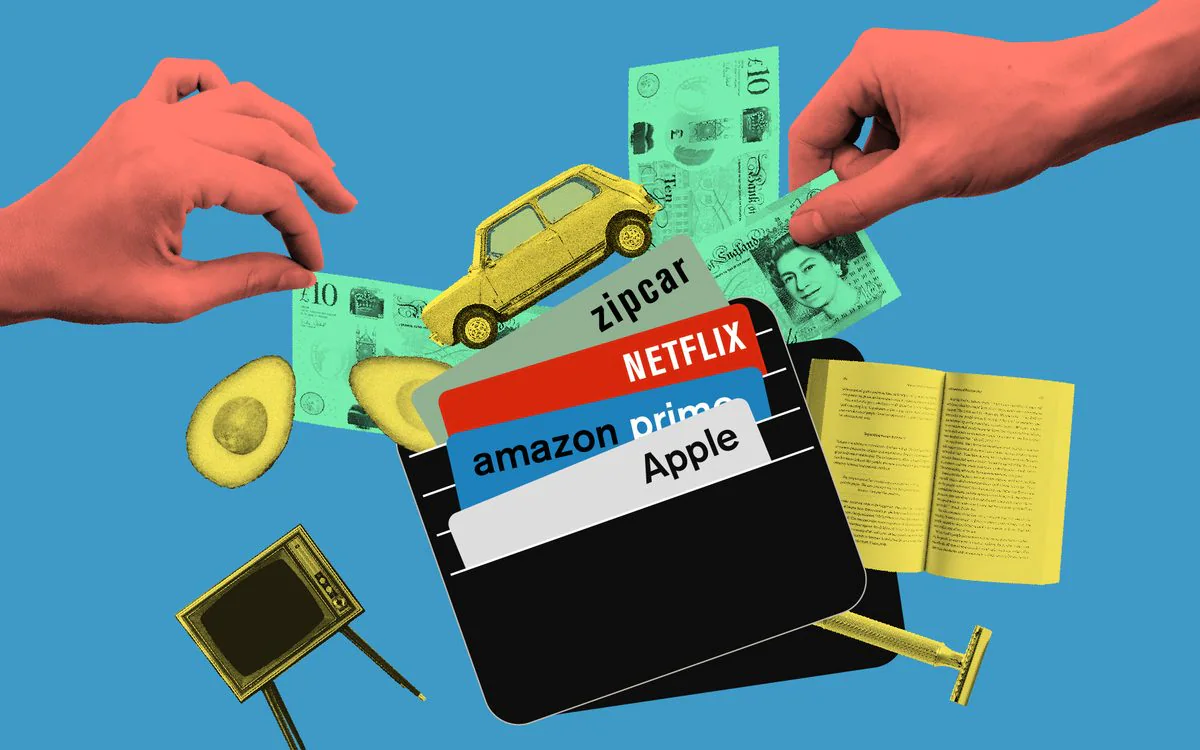Subscription-based services have become significantly more prevalent this decade. These days, if you’re looking for entertainment in the form of well-produced series or live sports, there is a subscription-based service out there that will be able to cater to your viewing preferences. You may even get both in the same service if you’re lucky. Subscription services are also available for food, clothing, and carefully curated goods on a weekly, monthly, and bi-monthly basis.

Source: uscreen.tv
Contents
Promising Stats of the Subscription Industry
More and more people have become willing to sign up for subscription services. According to this 2018 article published by McKinsey & Company, the biggest retailers in the subscription e-commerce industry raked in over $2.6 billion in sales for 2016. Just five years earlier, that number stood at $57 million.
What’s even more appealing about taking part in the subscription industry is that it’s tapping into arguably the most relevant market. The people who are “most likely” to sign up for e-commerce subscription businesses are 25 to 44-year-old individuals who make around $50,000 to $100,000. In other words, the folks who tend to subscribe to these eCommerce businesses are people with disposable incomes who are willing to spend.
It is also worth pointing out that the people who use subscription businesses are open to having more than just one active subscription. The median figure for ongoing subscriptions an active subscriber has stands at two. However, a significant amount of people who have bought into the industry have shown they are open to having even more accounts.
To be more specific, around 35 percent of active subscribers have three or more ongoing accounts. Just because a person has signed up for an entertainment-based subscription service, this does not mean that they will shy away from dipping their toe further into the pool. If anything, it makes more sense for them to buy into the industry after getting a feel for what it’s like.
The Risk Involved in Continuity
Despite the potential for success, there is no denying the risk involved in the industry. Even if you manage to get a lot of people on board, there is no guarantee that they will turn into regular subscribers. On average, around 40 percent of subscribers cancel their accounts.
Fortunately, companies capable of providing good services have shown that they can keep their customers. In particular, customers who sign up for services that specialize in providing specific products are more willing to stay long-term. 45 percent of subscribers of those services are willing to sign on for at least a year of receiving products.
The subscription industry is certainly not one without risk, but if you have a product or service you are truly confident can sell, you can make big money with this type of business and even enjoy plenty of growth in the immediate future.

Source: whiplash.com
Get Your Continuity Business Off the Ground
After reading about the growth potential of a subscription-based business, you’re probably curious how you can start one yourself. Unsurprisingly, the task is a bit more complicated than you may think.
It’s not as simple as coming up with a product or service, setting up a website so people can subscribe to it, and then just sitting back. The whole process is a lot more involved and you need to be fully committed to making it work right from day one if you want any chance at succeeding.
Included below are some tips for you to keep in mind as you map out the road to success for your subscription-based business.
Bring Something New to the Table
Though the subscription industry is still not as large as it ultimately will be, a lot of players are already heavily invested in it. There’s a decent chance that whatever you’re planning on offering, someone has already beaten you to it.
That doesn’t have to stop you from pursuing your idea. This simply means that a more inventive approach is required.
Take the time to carefully research the segment of the subscription industry you’re thinking about entering and see what the competitors there are currently offering. You’re not setting yourself up for success if you just intend to follow in the footsteps of companies that are already more established than you are. Even if you are confident that you have a better product or service, customers are not likely to abandon the company they already know.
You have to offer something else to get potential subscribers interested. Some unique incentives may be able to capture the attention of prospective customers. The bottom line is that you can’t afford to just stand in line with your competitors. You have to be different.

Source: futurelearn.com
Don’t Overcomplicate the Pricing
Pricing is hugely important to the success of your subscription-based business, especially early on. Once again, you have to do your research here to see what others in your field are offering. You will probably have to start out with lower prices. Otherwise, you will have no luck enticing anyone to jump ship from their current subscription.
Along with starting with a lower price point, you also have to make your price offerings easy to understand for your potential customers.
According to enterprise software company, it’s best for startup subscription companies to offer two or three pricing tiers at the beginning. Later on, when your customers have become more familiar with your offerings, you can introduce new deals and hopefully encourage them to sign up long-term.
Make Payment Processing Easy
Now that you’ve figured out your unique selling point and have determined what prices you’ll be offering to start, you can turn your attention to improving the experience for your customers.
The key here is to make the process of paying as easy as possible. You don’t want to ask your customers to go through several steps just to make their monthly payment. Try to set up automated payments for your customers. Negative-option billing is definitely a popular option for merchants in this position.
To accomplish that, you will need a subscription high-risk merchant account. However, securing one can be more challenging than you think.

Source: TranslationRoyale.com
How You Can Secure a Subscription Merchant Account
Considering the fact that most of your customers will probably be paying for your products or services using their credit or debit card payments, it is absolutely crucial for you to have a merchant account up and running.
The problem is that not all payment processing providers are willing to work with subscription-based companies. The aforementioned companies are considered to be in the high risk category for a variety of reasons. Some traditional banks perceive subscription-based companies to be vulnerable to fraud or billing processes are risky and susceptible to chargebacks.
A partnership formed with a reliable high risk continuity subscription merchant account provider will allow you to focus on other aspects of your business such as deepening your relationship with your customers and improving your product/service offerings. There’s no need to worry about payments falling through or customer complaints regarding your payment system because someone already has you covered.
